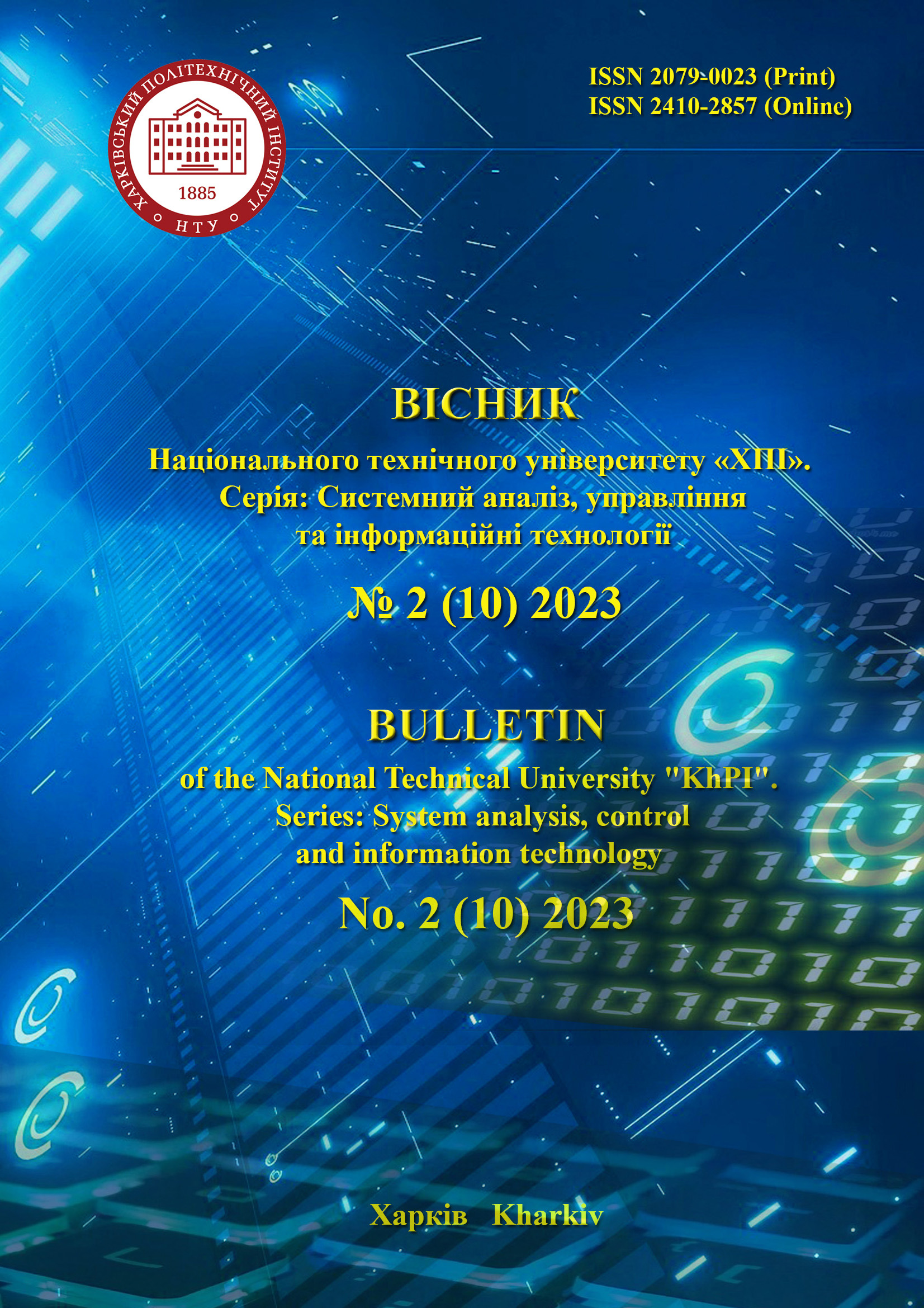EFFICIENCY OF LOSSLESS DATA COMPRESSION ALGORITHM MODIFICATION
DOI:
https://doi.org/10.20998/2079-0023.2023.02.10Keywords:
data compression, QOI algorithm, algorithm modification, lossless data compressionAbstract
The current level of development of information technologies causes a rapid increase in the amount of information stored, transmitted and processed in computer systems. Ensuring the full and effective use of this information requires the use of the latest improved algorithms for compaction and optimization of its storage. The further growth of the technical level of hardware and software is closely related to the problems of lack of memory for storage, which also actualizes the task of effective data compression. Improved compression algorithms allow more efficient use of storage resources and reduce data transfer time over the network. Every year, programmers, scientists, and researchers look for ways to improve existing algorithms, as well as invent new ones, because every algorithm, even if it is simple, has its potential for improvement. A wide range of technologies related to the collection, processing, storage and transmission of information are largely oriented towards the development of systems in which graphical presentation of information has an advantage over other types of presentation. The development of modern computer systems and networks has influenced the wide distribution of tools operating with digital images. It is clear that storing and transferring a large number of images in their original, unprocessed form is a rather resource-intensive task. In turn, modern multimedia systems have gained considerable popularity thanks, first of all, to effective means of compressing graphic information. Image compression is a key factor in improving the efficiency of data transfer and the use of computing resources. The work is devoted to the study of the modification of the data compression algorithm The Quite OK Image Format, or QOI, which is optimized for speed for the compression of graphic information. Testing of those implementations of the algorithm, which were proposed by its author, shows such encouraging results that it can make it competitive with the already known PNG algorithm, providing a higher compression speed and targeting work with archives. The article compares the results of the two proposed modifications of the algorithm with the original implementation and shows their advantages. The effectiveness of the modifications and the features of their application for various cases were evaluated. A comparison of file compression coefficients, which were compressed by the original QOI algorithm, with such coefficients, which were obtained as a result of the application of modifications of its initial version, was also carried out.
References
Fu S., Wang L., Cheng Y., Chen G. Intelligent compression for synchrotron radiation source image. 25th International Conference on Computing in High Energy and Nuclear Physics. 2021. vol. 251 pp. 1–7. DOI : https://doi.org/10.1051/epjconf/202125103073.
Skil L. 63% liudei zaraz onlain. Velykyi zvit Digital 2022 pro korystuvachiv internetu. Available at: https://ain.ua/2022/04/30/zvit-digital-2022/ (accessed 13.11.2023).
Use images and media to enhance understanding. Avaible at: https://accessibility.huit.harvard.edu/use-images-and-media- enhance-understanding (accessed: 12.11.2023).
Richter F. Smartphones Cause Photography. Available at: https://www.statista.com/chart/10913/number-of- photos-taken-worldwide (accessed: 13.11.2023).
Kharakterystyky zobrazhennia ta zasobiv yoho vidtvorennia. Available at: https://library.vpuhlukhiv.com.ua/subjects:basic:informatika:graph:k%D0%B0r%D0%B0kterystyky_zobr%D0%B0zhennia_t%D0%B0_z%D0%B0sobiv_ioho_vidtvorennia (accessed: 13.11.2023).
What are different types of redundancies in digital image? Explain in detail. Available at: https://www.ques10.com/p/7293/what-are- different-types-of-edundancies-in-digi-1 (accessed: 13.11.2023).
Compression algorithms. Available at: https://www.prepressure.com/library/compression-algorithm accessed: 02.11.2023).
WebP. Available at: https://uk.wikipedia.org/wiki/WebP (accessed: 13.11.2023).
Szablewski D. The Quite OK Image Format for Fast, Lossless Compression. Available at: https://qoiformat.org (accessed: 1.11.2023).
Szablewski D. QOI - The Quite OK Image Format. Available at: https://qoiformat.org/benchmark (accessed: 7.11.2023).
Szablewski D. QOI-Specification. Available at: https://qoiformat.org/qoi-specification.pdf (accessed: 25.10.2023).
Portable Network Graphics (PNG) Specification (Second Edition). Available at: http://www.w3.org/TR/PNG/ (accessed: 8.11.2023).
Downloads
Published
How to Cite
Issue
Section
License

This work is licensed under a Creative Commons Attribution 4.0 International License.
Authors who publish with this journal agree to the following terms:
- Authors retain copyright and grant the journal right of first publication with the work simultaneously licensed under a Creative Commons Attribution License that allows others to share the work with an acknowledgement of the work's authorship and initial publication in this journal.
- Authors are able to enter into separate, additional contractual arrangements for the non-exclusive distribution of the journal's published version of the work (e.g., post it to an institutional repository or publish it in a book), with an acknowledgement of its initial publication in this journal.
- Authors are permitted and encouraged to post their work online (e.g., in institutional repositories or on their website) prior to and during the submission process, as it can lead to productive exchanges, as well as earlier and greater citation of published work (See The Effect of Open Access).


